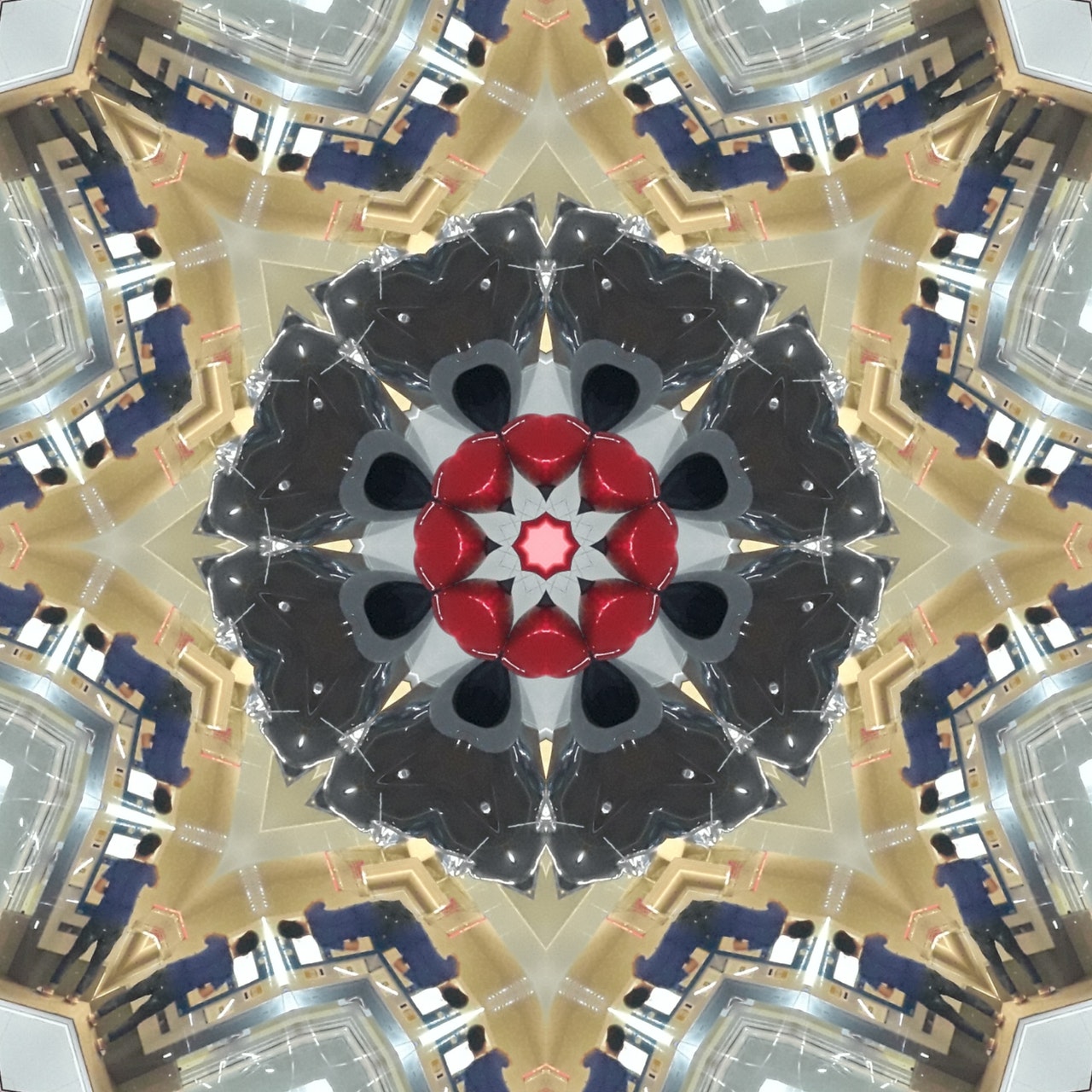When you point a kaleidoscope toward light, the light reflects back and forth and creates intricate and complex patterns. In these patterns, we see beauty. As leaders, we too are expected to highlight patterns. As leaders, we must seek to make the intricate and complex, accessible and beautiful.
Education has always been an intricate machine. We are called to design schools and systems that meet the academic, social-emotional, and behavioral needs of all students. To do this, we have to focus on numerous initiatives and frameworks simultaneously to deconstruct parts of our systems that do not serve our kids. All these strategic goals can feel a bit overwhelming if we don’t help our students, staff, families, and communities to understand how our initiatives work together.
In my district (Lake Chelan in Chelan, WA), we are engaged in a project with our state administrative association (WASA), and Katie Novak, to create more inclusive, more effective schools. As a result of national and international work around the four brain-based educational strategies/frameworks: dignity and belonging, deeper learning, culturally responsive teaching, and Universal Design for Learning (UDL), we know more than we ever have before. Together, these frameworks help us to see that to get to the learning brain, we have to cultivate the emotional brain and before that, the safety brain. If we want all students to learn, we have to see them, hear them, and honor them. Kids need to feel safe, and they need to know they belong before they are ready to learn.
It was critical to take these complex ideas and help our community see the congruence of our work, and why it was so important. Our goal was to design a conceptual scaffold to visualize brain-based learning from a process perspective. The tool below started off as a scribble, arrows, and circles much like a scene from the movie, A Beautiful Mind. Eventually, each idea seemed to connect, reflect, and create a pattern. After feedback from colleagues, and help from Katie and her team, we are thrilled to share this tool, A model for UDL and Brain Based Learning, with the UDL community. Hopefully, you will reflect on this tool and say, “Oh, now I see the pattern. Now I see where we need to be going.”
We believe that there is beauty in this pattern. If we all work together to create schools and systems that design accessible, meaningful learning opportunities that honor the identities and lived experiences of our students, we will see that all of our students have infinitely beautiful minds.
Download the guide, review, and share with your team. Feel free to use the discussion questions below to guide your reflection.
Discussion Questions
- How might the use of this design process help you to better address the cognitive variation in your students?
- How might the use of this design process help you to balance identify-affirmation and belonging with firm, grade-level learning outcomes?
- How might this tool help you to remove barriers that are preventing your learners from engaging and thriving?
- How might you partner with your learners during this design process?
- Which learners in your system would most benefit from learning designed like this?
- How do other initiatives or frameworks in your district align with this design process?
- How might teachers show up on your school or district's evaluation rubric if they designed learning this way?




